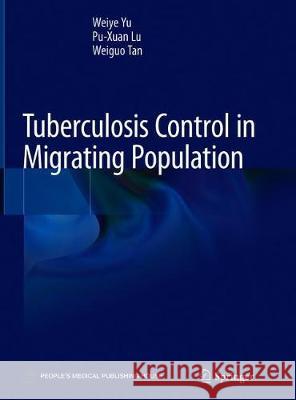Tuberculosis Control in Migrating Population » książka
topmenu
Tuberculosis Control in Migrating Population
ISBN-13: 9789813297623 / Angielski / Twarda / 2019 / 223 str.
Tuberculosis Control in Migrating Population
ISBN-13: 9789813297623 / Angielski / Twarda / 2019 / 223 str.
cena 403,47
(netto: 384,26 VAT: 5%)
Najniższa cena z 30 dni: 385,52
(netto: 384,26 VAT: 5%)
Najniższa cena z 30 dni: 385,52
Termin realizacji zamówienia:
ok. 22 dni roboczych
Dostawa w 2026 r.
ok. 22 dni roboczych
Dostawa w 2026 r.
Darmowa dostawa!
Kategorie BISAC:
Wydawca:
Springer
Język:
Angielski
ISBN-13:
9789813297623
Rok wydania:
2019
Dostępne języki:
Ilość stron:
223
Oprawa:
Twarda











